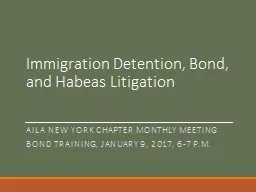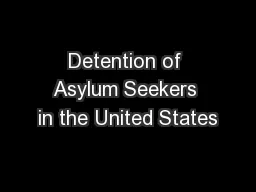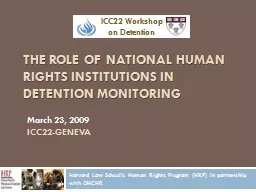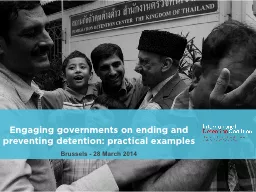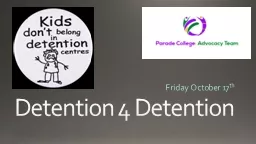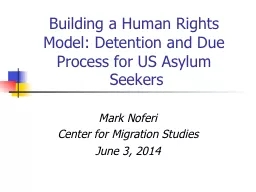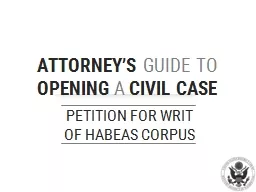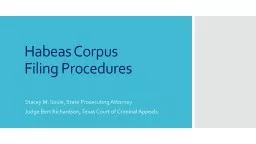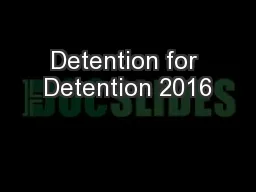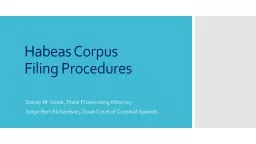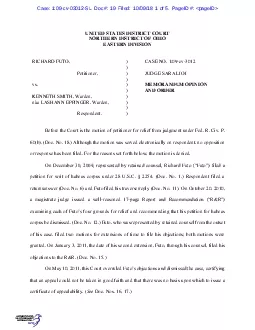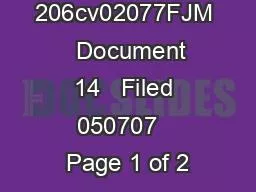PPT-Immigration Detention, Bond, and Habeas Litigation
Author : kittie-lecroy | Published Date : 2017-07-30
AILA New york chapter Monthly meeting Bond training january 9 2017 67 pm Questions to Answer What is the governments authority to arrest and detain noncitizens
Presentation Embed Code
Download Presentation
Download Presentation The PPT/PDF document "Immigration Detention, Bond, and Habeas ..." is the property of its rightful owner. Permission is granted to download and print the materials on this website for personal, non-commercial use only, and to display it on your personal computer provided you do not modify the materials and that you retain all copyright notices contained in the materials. By downloading content from our website, you accept the terms of this agreement.
Immigration Detention, Bond, and Habeas Litigation: Transcript
Download Rules Of Document
"Immigration Detention, Bond, and Habeas Litigation"The content belongs to its owner. You may download and print it for personal use, without modification, and keep all copyright notices. By downloading, you agree to these terms.
Related Documents

